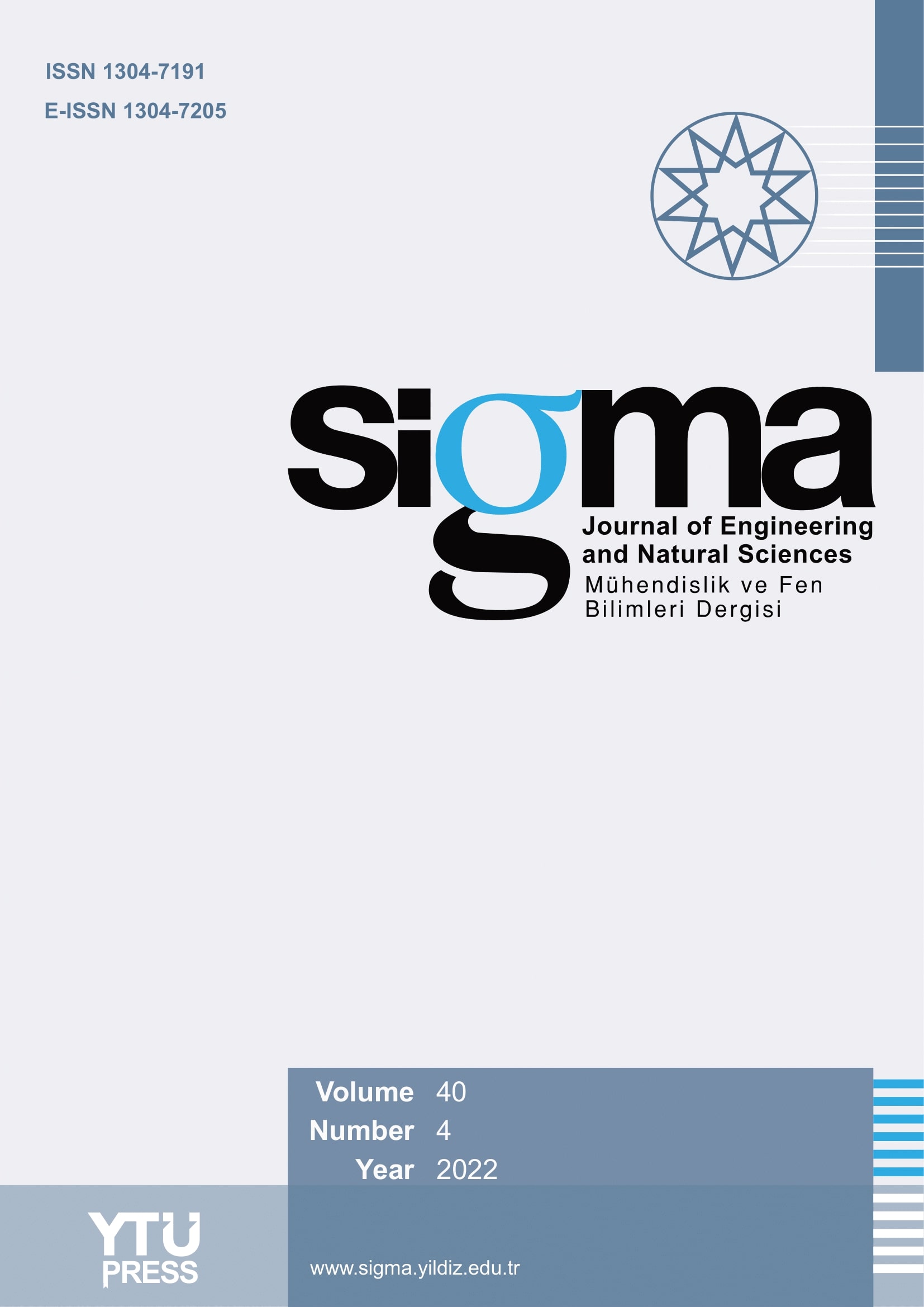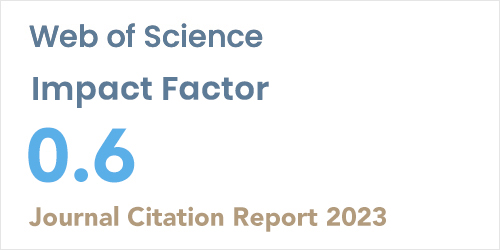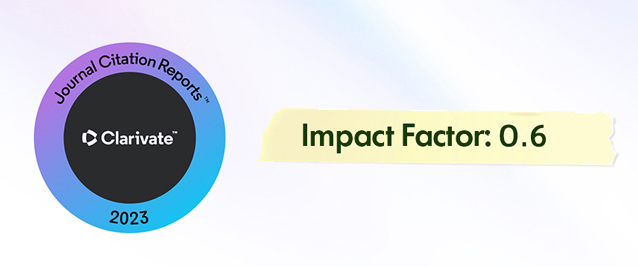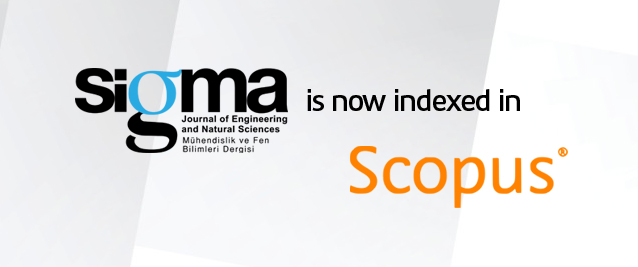2Department of Civil Engineering, JSPM’s Rajarshi Shahu College of Engineering, Tathawade, Pune, India 411033
Abstract
Co-digesting floral waste with another substrate to produce biogas is widely observed as the most effective treatment for managing the increasing, unregulated accumulation of floral waste. In this research paper, flower waste (FrW) is chosen as the primary substrate, and its potential is tested for biogas generation separately. A comparative analysis is carried out by combining flower waste with other wastes like food waste (W1), dairy waste (W2), and garden waste (W3) separately. Design Expert software (version 13) was used to perform the response surface methodology (RSM) analysis. After experiments, it was noticed that individually every substrate has the capacity to produce an average of 96-250 ml of biogas. However, a remarkable increase in biogas generation is observed for co-digestion of floral waste with another co-substrate compared to mono-digestion of floral waste. The combination of Floral waste with food waste showed maximum results with the gas generation of 1540 ml/kgVS followed by biogas generation with W2,1100ml/kgVS and with W3, 660ml/kgVS. Experiments were conducted under controlled conditions for 14 days by varying the parameters suggested by RSM. All the experiments were performed in triplicates. The optimum condition showed a maximum biogas generation of 1680 ml/gm VS added, and methane content was 1310 ml CH4/gm VS added. A considerable amount of total solids (TS) and volatile solids (VS) removal were observed 76% and 67%, respectively. Cumulative biogas production of FrW with W1 was recorded as 7460ml/kg VS added with a cumulative bio-methane yield of 5818 ml CH4/kg VS.














